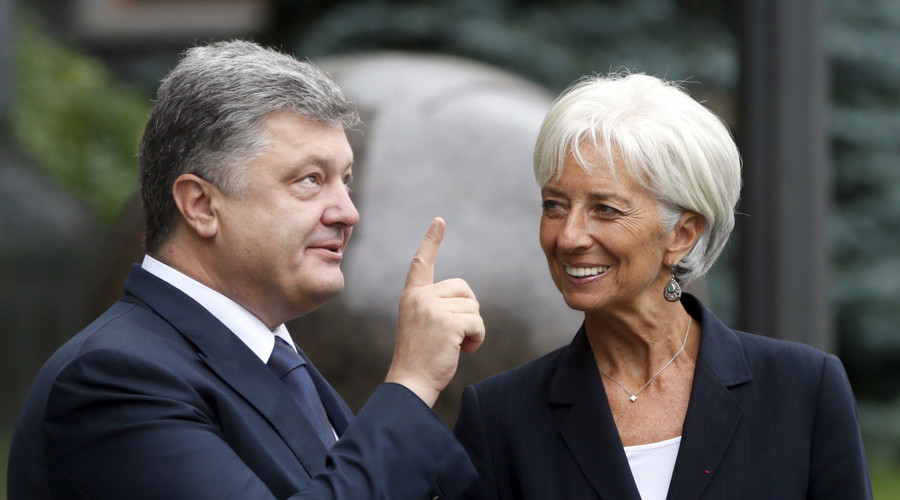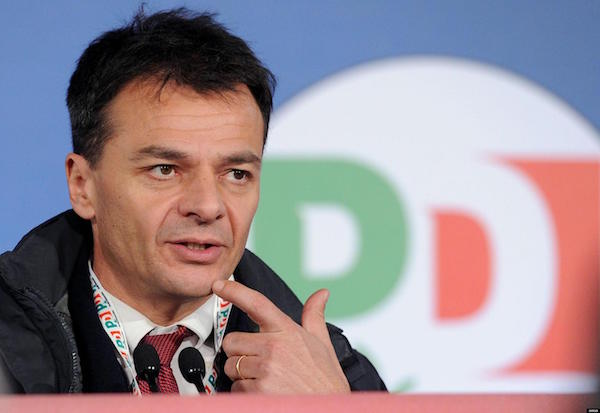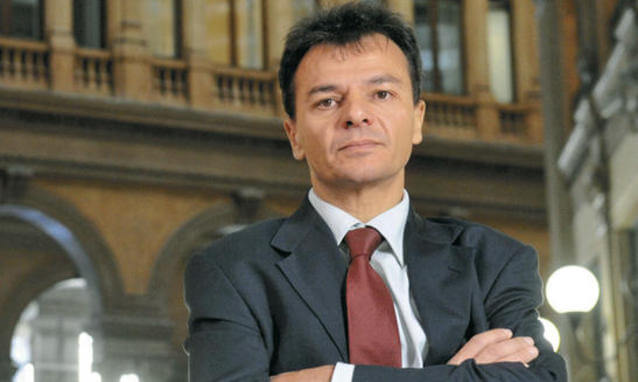By Waltraud Schelkle
Mention the euro and even one of the brightest and most original US economists reverts to pop economics. Paul Krugman’s keynote at a conference of Europeanists in Philadelphia on 15 April 2016 could not have been more packed with the received wisdom on optimum currency areas. It is supposedly a well-developed piece of economic theory, or so the audience was told more than once. If only they had listened, it could have told Europeans all along that the euro area is not optimal.
Krugman was obviously unimpressed by the incisive comments of Martin Sandbu, who argued that policy choices, not any structural flaws of a common currency, are to blame for the euro area’s travails. In a blog the next day, Krugman revealed what he took away from Sandbu’s eloquently delivered summary of his recent book (Europe’s Orphan): “The return of elasticity pessimism (wonkish)”. It was, frankly, a pathetic response: the return to an outdated textbook (for more see the blog by Deborah Mabbett).
The received wisdom on optimal currency areas should be treated as one of those pieces of ancient scholarship that intellectual historians like Thomas Kuhn marvel at: why something that has been proven manifestly irrelevant and misleading could capture the imagination of an entire cohort of researchers for so long. If US economists with their well-developed theory of monetary integration would just once care to apply it to their country of residence, they would pretty quickly get stuck. Here is why.
No country in the world is optimal in the sense of this theory. Countries are either too small, so costs for currency transactions are high, or too big so that a single currency is not ideal for all regions. Large countries should have internal exchange rates: for instance the UK between Southern and Northern England or the US between California and Texas as their economies are so different that they are hit by different shocks and are on different business cycles (see my previous blog for LSE EUROPP). So a single monetary policy is always wrong for one of them. But economies do not only have monetary policy at their disposal; fiscal, social and regulatory policies can be deployed as well.
In theory, labour mobility could replace exchange rate adjustment when a shock makes workers in one region redundant but not in others, and devaluation is not an option. But labour mobility is too low in any territorial (in contrast to a city) state, let alone mature economies with highly specialised sectors. According to robust estimates, labour mobility in the US could never compensate for more than 3 percent of an output shock even in the era of highest mobility (1964-1990). Since the 1980s, labour mobility has been declining for reasons that are still disputed. An OECD study reckons that in the recent crisis labour mobility in the European Union (not the euro area) was higher than in the United States. This doesn’t make the European Union an optimal currency area, though. It is completely immaterial to the functioning of a currency area how high labour mobility is. Trade in goods produced with different labour intensities amounts to indirect labour mobility and capital can move to where the workers are.
Exchange rates have proven to be completely unreliable adjustment mechanisms for the real economy. They are determined by markets for financial assets, not the needs of labour markets or the trade balance. Or else the US dollar should have devalued much more than it did against the euro so as to correct the stubborn current account deficit. Instead, at the height of the financial crisis in 2008 that had started in the US, capital flows streamed into US Treasury bonds as a safe haven. Optimal currency area theory ignores financial markets completely, along with monetary policy and central banks. Quite curious for a theory about monetary integration. Maybe this a clue to why the Euro-architects did not find the theory all that helpful?
At the Philadelphia conference, Paul Krugman told us that Iceland proves how effective exchange rate depreciation can be. Martin Sandbu responded that debt default probably did more for the Icelandic economy than devaluation. Even so, Iceland’s performance was hardly stellar. Since Krugman did not give the data, here they are for the record: the Icelandic current account became positive for the first time in mid-2012, almost four years after the krona crashed in late 2008. It is true that, by 2015, the loss in GDP relative to its pre-crisis high in 2007 was less than that of Greece: a fall of 28 percent compared to over 30 percent in the euro area country; and Iceland is growing again while Greece still stagnates. Yet it is not exactly a large difference. And compared to other euro area countries that had to be rescued, Iceland has done worse, in terms of GDP and current account adjustment. It is adding insult to injury when US economists claim that euro area members do not adjust sufficiently, with the circular argument that they cannot because they don’t have the exchange rate any more.
Just like the United States on the introduction of the first national currency, the Greenback in 1861-62, the euro area suffers from missing institutions of risk sharing between its member states. A central bank that can act as a lender of last resort to state banks is such an institution. It took the United States more than 50 years to get one and the young currency area was beset with financial crises until the New Deal. The Europeans did not follow the US path, which was more a lesson of how not to do a currency area, but started with a central bank. Other institutions of bank resolution and debt mutualisation are still needed. But US economists seem ignorant of these lessons from their own monetary history, because they cannot see the key ingredients when they look through the lens of optimal currency area theory.
This column was first published by USAPP@LSE











